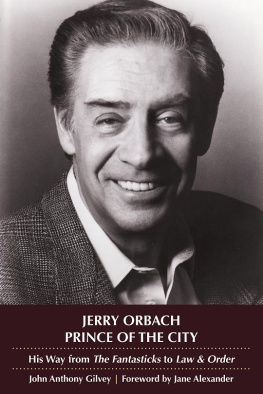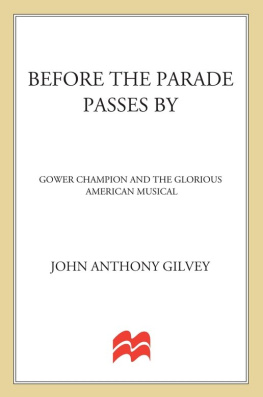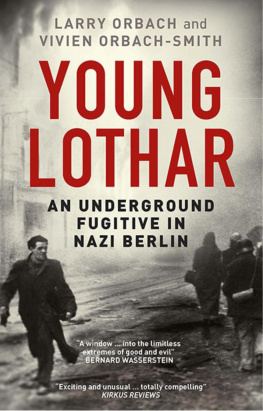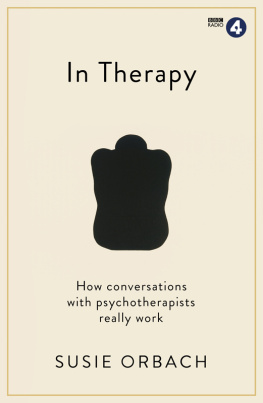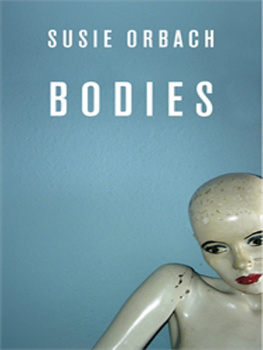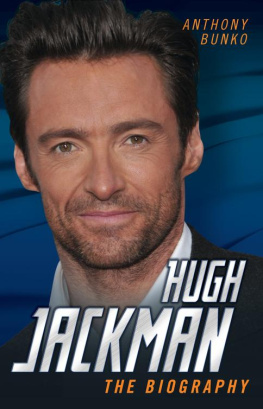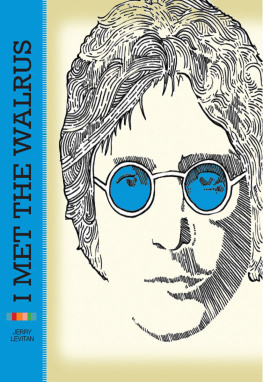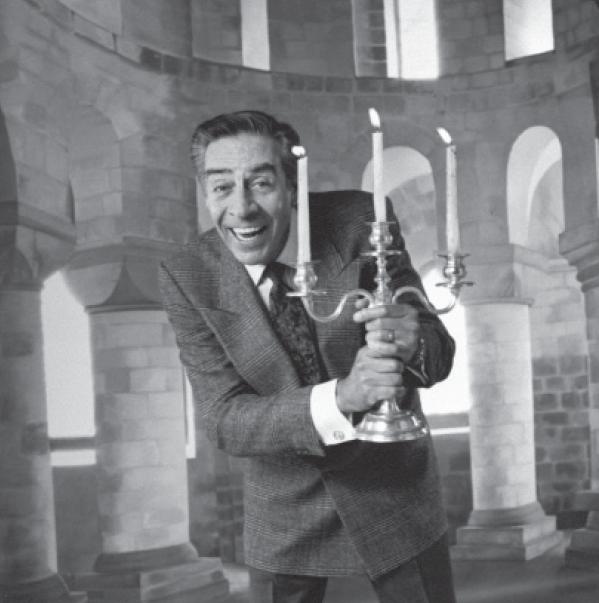
Once on a New York City sidewalk, a mother with a six-year-old boy saw Jerry walking by and told her little son, Thats Lumire. Jerry overheard them, and when the little boy said, No way! Jerry stopped, knelt down, and asked the boy to close his eyes. He then sang Be Our Guest to him in his Maurice Chevalier accent with the voice of Lumire. The little boys eyes grew wide and stunned, and he said, How did you do that? It is a question we all continue to ask about Jerry. JON OLEXY, Jerry Orbachs cousin and friend
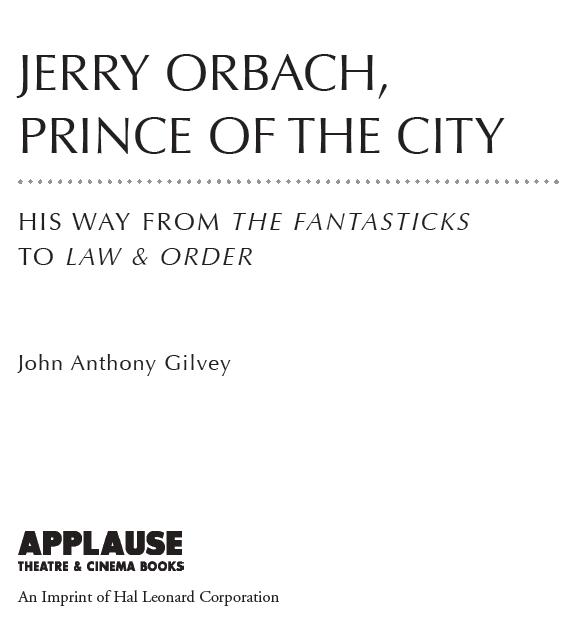
Copyright 2011 by John Anthony Gilvey
All rights reserved. No part of this book may be reproduced in any form, without written permission, except by a newspaper or magazine reviewer who wishes to quote brief passages in connection with a review.
Published in 2011 by Applause Theatre & Cinema Books
An Imprint of Hal Leonard Corporation
7777 West Bluemound Road
Milwaukee, WI 53213
Trade Book Division Editorial Offices
33 Plymouth St., Montclair, NJ 07042
Frontispiece photo of Jerry Orbach: Time & Life Pictures/Getty Images
Try to Remember by Tom Jones and Harvey Schmidt 1960 (renewed); Chappell & Co., Inc. (ASCAP). Lyrics used by permission of Warner/Chappell Music.
Unpublished poems written by Jerry Orbach used by permission of Rita Cancilla Hubbard.
Poem by Jerry Orbach on pg. is reprinted with the permission of Touchstone, a Division of Simon & Schuster, Inc., from Remember How I Love You: Love Letters from an Extraordinary Marriage by Jerry Orbach and Elaine Orbach. Foreword by Sam Waterston. Copyright 2009 by Elaine Orbach and Ken Bloom. All rights reserved.
Book design by Kristina Rolander
Library of Congress Cataloging-in-Publication Data is available upon request.
ISBN 9781557839190
www.applausepub.com
To Emily Olexy Orbach, with appreciation and gratitude
CONTENTS
There was one show that anyone visiting New York between the years 1955 and 1961 could not miss, and that show was The Threepenny Opera in Greenwich Village. I happened to see it when a charismatic young actor named Jerry Orbach was playing the lead character of Mack the Knife. He seemed to slide across the stage, insinuating stealth and menace coupled with an easy charm. And when he opened his mouth to sing it was pure gold. The same held true for Jerrys seminal portrayal of El Gallo in The Fantasticks a few years later. The great song Try to Remember became his then and remained his for the rest of his life. No one could top him. From that point on I never missed a show Jerry was in, not until my own career took off and my life on stage and screen became too busy for me to see his.
I got lucky. In 1972 a sweet romantic comedy called 6 Rms Riv Vu brought Jerry and me together on Broadway for seven months. He was everything I had imagined him to be and more: buoyant, funny, and a consummate professional. He never missed a performance even when an all-night poker game inched towards a two oclock matinee. I looked forward to those magical hours on stage with him eight times a week, and when the run of the show ended our friendship had been sealed.
There was no one quite like Jerry. He had a big heart and loved people, all kinds of people. He was a New Yorkers New Yorker, but his embrace included the world. He seemed at home wherever he was, and people everywhere returned his affection, from the chorus kid backstage to the cop on the beat.
My husband Ed Sherin often played golf with Jerry, either at his swanky club in Westchester County or at our scruffy club in rural Nova Scotia when he and Elaine visited during the summer. He was a very good golfer but an outstanding pool player; to see him run the balls on a table was a thing of beauty. He was as graceful with a pool cue as he was with a soft-shoe. Games were his thingall kinds of games, from crossword puzzles and scrabble to poker and pinochle. But the game I most loved to play with Jerry was a guessing game. I would hum a few notes of music, and then he would sing the song. I never caught him out; he knew every song that had been written. The pleasure of this game for me was hearing him sing; it was sheer joy. I adored his voice.
His revels now are ended, but he lives on in the indelible memories of those of us who received his thoughtful phone calls, laughed at his inveterate jokes, read his romantic doggerel, or witnessed his song and dance, and the remarkable panoply of characters he created for stage and screen. He was our sweet prince.
Jane Alexander
One autumn morning in 2005, the subway doors opened, and I took a seat lost in the thought of how to follow up my first publication, a biography of Broadway director-choreographer Gower Champion. Idea after idea crossed my mind, but none caught my enthusiasm. Then, I looked up, and beaming down at me from an advertisement for Manhattans Eye Bank for Sight Restoration was Jerry Orbach. Well, what about me, John? he seemed to say. Jerry Orbach! Yes, of course! When I was a doctoral student in the educational theatre program at New York University, Jerry had contributed an important interview to the research for my dissertation on four of Gowers musicals. Heres my number, John. Ill be back in New York in a few days. Give me a call, he told me one evening following a performance of 42nd Street at the Valley Forge Music Fair. He meant it. Days later, there I was speaking with Jerry about Carnival (1961) and 42nd Street (1980). Theyre the bookends of my Broadway career, he said.
What an extraordinary career it was, tooone that encompassed not only the theatre, but also film and television. Few performers adapt so adeptly to that kind of challenge as Jerry Orbach. Whether Billy Flynn, Lumire, or Lennie Briscoe, his sharply drawn characters captivated from start to finish. My first experience of his magic came in 1973, when I watched his Alvaro Mangiacavallo come charging down a serpentine flight of stairs to woo the great Maureen Stapleton, reprising her Tony-winning role as Serafina Delle Rose in a revival of Tennessee Williamss The Rose Tattoo at Philadelphias Walnut Street Theatre. Moments like thatand countless others throughout Jerrys careerhave made writing his biography a happy task and an especially productive one, thanks to the mentorship and patience of my agent Eric Myers of the Speiler Agency, publisher John Cerullo, editorial director Carol Flannery, and project editor Bernadette Malavarca of Hal Leonard Performing Arts Publishing Group. My thanks also to the staff of the Billy Rose Theatre Collection of the New York Public Library for the Performing Arts, Janet C. Olson of the Northwestern University Library Archives, Ron Mandelbaum of Photofest, Rita Cancilla Hubbard for Jerry and Elaines photographs, and Rick McKay, whose interview with Jerry has aided this work.
Achieving this goal has been possible thanks to Jerrys colleagues and friends who have given generously of their time, memories, and insights, among them Jane Alexander, Zora and Richard Brown, Ellen and Lewis Gould, Tom Jones, John Kander, S. Epatha Merkerson, Patricia and Bert Michaels, Jon Olexy, Chita Rivera, Harvey Schmidt, Edwin Sherin, Ted Sod, Sam Waterston, and Dick Wolf. The support received from the members of Jerrys family has also been extraordinary. At the outset, the late Elaine Cancilla Orbach, Jerrys wife, gave this project the kind of insight only a soul mate can give. She was gone all too suddenly and soon. As work progressed, it was my good fortune to have the contributions of Jerrys sons, Tony Orbach and Chris Orbach, whose stories and reflections about their father add a distinctly personal touch. They also have done a fine job of channeling the perspective of their mother, Marta Curro, Jerrys first wife, who was too ill to participate. But the greatest contribution by far has been from Jerrys mother, Emily Olexy Orbach, who generously answered questions, schooled me in the family history, contacted family members on my behalf, gave me access to the Orbach archives, and, most particularly, shared precious memories of her son. For these reasons, this book is dedicated to her.
Next page
